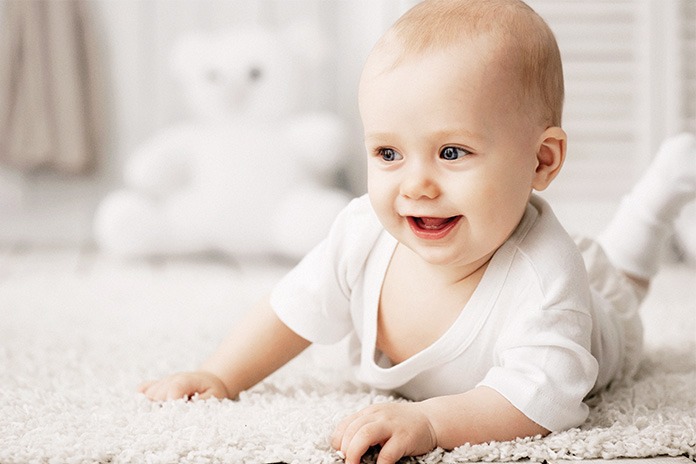Parenting and medical professionals, as well as leading entrepreneurs, answer some of your
most pressing questions...
Camilla Lawrence
Lead Women’s Health Physio at SIX Physio advises on getting back to exercise safely after having your baby.
Where is my pelvic floor?
Our pelvic floor muscles stretch like a hammock from our pubic bone at the front, to our tailbone at the back, and then side to side between our sit bones.
Why is it so important?
Our pelvic floor has four very important roles. Firstly, it acts to support our pelvic organs (bladder, bowel, uterus). Secondly, the muscles of the pelvic floor wrap around and control the opening of your bladder and rectum. When there is an increase in abdominal pressure (for example when you cough, sneeze, laugh or jump), these muscles contract around your urethra and anus to prevent leakage. Equally as important, these muscles have to relax and lengthen to allow us to urinate or have bowel movements easily. Pelvic floor muscles are also important for sexual function (contributing to sensation and arousal), and lastly they work with your abdominal and back muscles to stabilise and support the spine.
When can I run again?
The earliest it is recommended to return to running after birth is 12 weeks, after you’ve done a good amount of pelvic floor exercises. However, ideally it would be left for six months for your body to fully recover and prevent weakening the pelvic floor further, which in the long run could lead to problems like prolapse, leakage and pelvic pain. If you are worried that your pelvic floor muscles may be weak, see a Women’s Health Physio, who can assess your abdominals and pelvic floor, and help you get back to 100%.

Heather Morris
Heather Morris is a registered general nurse and state-certified midwife. She is also mum to Freddy, Harry and Jack.
Can nappy rash be prevented?
No matter how careful you are, most babies are likely to get nappy rash at some time. Nappy rash is usually mild and can be managed with a good skincare routine and a barrier ointment. Taking care of your baby’s delicate skin is essential in both treating and preventing nappy rash. These simple steps will help:
• Lie your baby on a towel and leave your baby’s nappy off as often as you can, to let fresh air get to the skin.
• Change wet or soiled nappies as soon as possible.
• Clean the nappy area thoroughly using plain water or alcohol- and fragrance-free wipes.
• Don’t use talcum powder as it contains ingredients that could irritate your baby’s skin.
• Try to bath your baby every day, but don’t use soap or bubble bath.
• Gently pat rather than rub your baby’s bottom dry and avoid vigorous rubbing.
• Use a suitable barrier ointment at each nappy change.
Most mild cases of nappy rash can be easily treated with an ointment from your pharmacy and by following this skincare routine, but if you are worried always seek the advice of a healthcare professional.
Dawn Kelly
Dawn Kelly has worked in the healthcare profession as a qualified health visitor and lecturer for over 20 years, and is a member
of the Colief Expert Panel.
My baby has developed cradle cap. What can I do to get rid of it other than keeping the area clean?
Cradle cap is a very common and harmless skin condition that is thought to be caused by overactive sebaceous glands on your baby’s scalp. Although it tends to clear up on its own in a few weeks or months, it is possible to treat your baby’s dry, flakey scalp if it is troubling you. You should definitely not pick at the flakes as this will simply irritate the skin. Instead, you could try massaging a gentle oil such as Colief Baby Scalp Oil into your baby’s scalp and then brushing the scalp with a very soft baby brush to loosen the flakes. After gently brushing, wash your baby’s hair and scalp with a mild baby shampoo to prevent a build-up of scales. You can do this every other day or when you bath your baby. If your baby’s scalp appears red and irritated and you suspect that it has become infected, be sure to consult your GP.






COMMENTS ARE OFF THIS POST